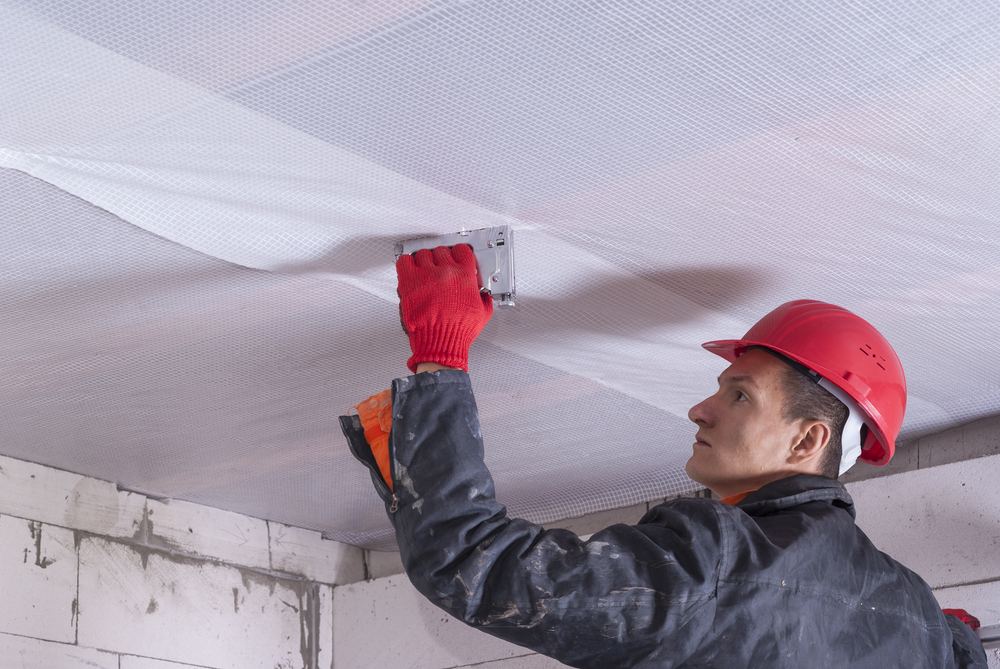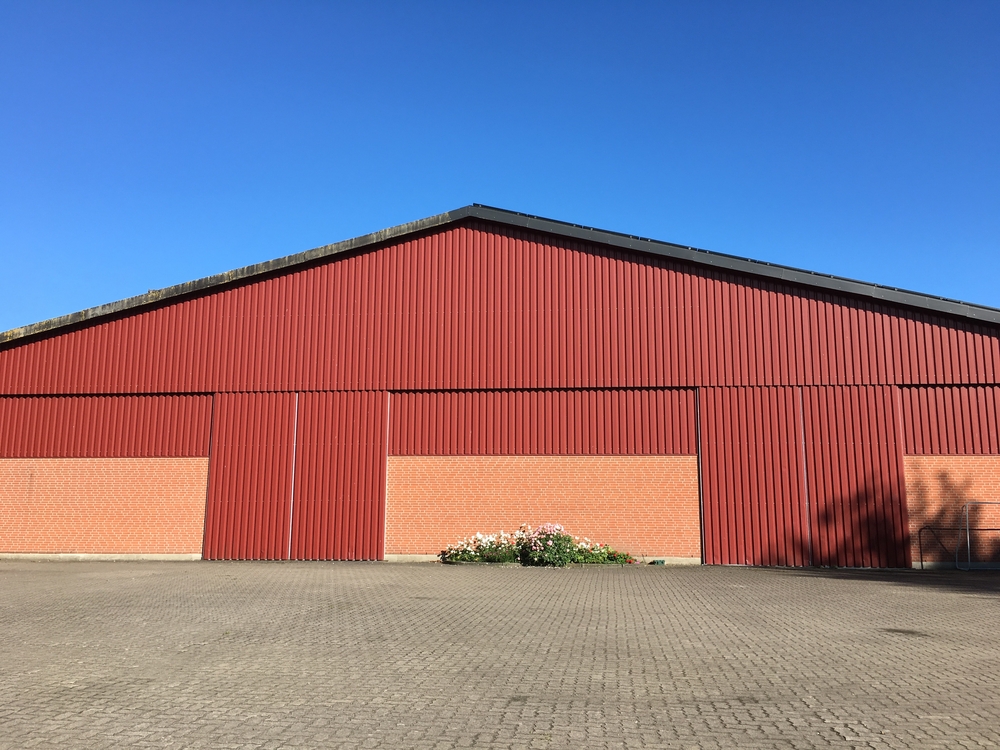At first glance, moisture and vapor are common elements when the temperature is humid. A trivial matter in the beginning, but these cause significant damage to a structure in the long run. It is why a metal building needs a vapor barrier.
The addition of a vapor barrier
Any enclosed structure type can emit humid or damp interior temperature, which produces Aside from the sticky or uncomfortable feeling, humid interior triggers issues like mold decaying metal surfaces. It is where insulation comes vital to prevent that from happening.
Insulation alone can be already advantageous to
- Manage room temperature
- Keep internal air goes out and external air enters the building
- Proof the structure from the effects of condensation
Note that condensation is linked to moisture which invites microbes like fungi and mold. These elements, particularly the latter, slowly deteriorate the metal. In the end, moisture outdoes the benefits of having a metal building. Thus, it is sensible to install insulation.
Now, you may ask why or when you need a vapor barrier?
The chief reason for this is the weather in your place. It can be extreme that the insulation alone can’t be enough. Note that some insulation can’t reach corners and edges where moisture or vapor occurs. In this case, a barrier or vapor diffusion is serviceable.
When you install a vapor barrier, it prevents water droplets from traveling through the structure. These should not reach walls or other metal surfaces at all costs to avoid problems.
Sometimes, adding a vapor barrier is a requirement by a local authority. Again, it depends on the climate condition in a place. Typically, vapor diffusion is necessary if humid or the weather constantly changes to an intense level.
Where to put the vapor barrier in your metal building?

Vapor barriers can only be practical if it is appropriately and strategically installed. However, you may wonder whether it should be inside or outside the building. Perhaps, before or after installing the insulation.
A good rule of thumb is finding and analyzing the areas where vapor can exist. In this regard, go back to the idea of weather in your area. Is it primarily hot, cold, sort of dry, or often humid? It is vital because you will depend on this matter in choosing what temperature-controlling appliance to use and how often. Appliances like heaters, air conditioning, or ventilators are inside or outside the building. And wherever this device is most likely where moisture emerges.
Another thing to consider is the faces of the metal building. Some walls may face the sunlight, while trees or another structure cover the others. It has the effect of making some parts dry or damp. If it is dry or hot, the recommended approach is to put the vapor barrier outside. Then, if it is humid or cold, the vapor barrier should be inside.
Meanwhile, add-on materials can also be a culprit for producing and retaining moisture on metal surfaces. These can be wood, brick, or stone. If removing this is not the choice, strategically put your barrier where vapor is most likely to emerge.
Talk to us at Lion Carports for more tips about metal building maintenance, like vapor barrier installation and insulating a steel frame.

